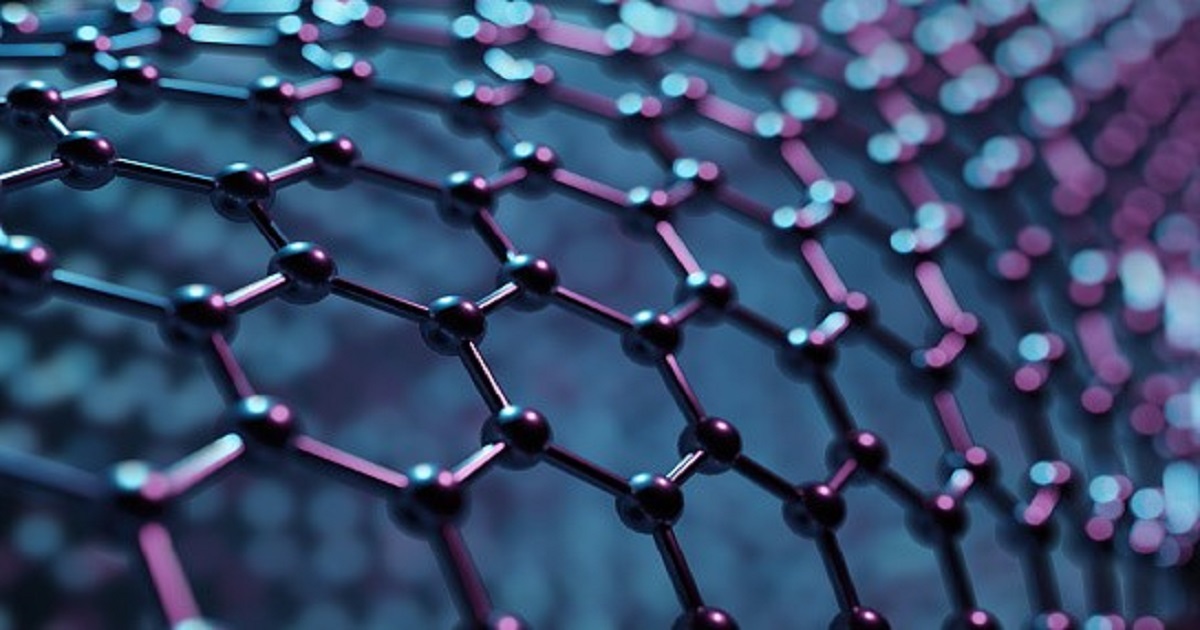2D Materials for Electronic and Optoelectronic Devices
A special issue of Materials (ISSN 1996-1944). This special issue belongs to the section "Electronic Materials".
Deadline for manuscript submissions: closed (20 October 2024) | Viewed by 13510

Special Issue Editors
Interests: two-dimensional materials; integrated photonics; metasurface; optoelectronics
Special Issues, Collections and Topics in MDPI journals
Interests: nanophotonics; metasurface; 2D materials
Interests: fiber optics; two-dimensional materials; nanophotonics
Special Issues, Collections and Topics in MDPI journals
Special Issue Information
Dear colleagues,
Two-dimensional (2D) materials with unique electronic and optoelectronic attributes have spurred a wide spectrum of applications with record-setting performances and interesting semiconductor physics. For instance, graphene can act as a monolayer of carbon atoms for broadband photodetectors or an on-chip waveguide-integrated optical modulator, and finds use in nonlinear optical applications. Transition-metal dichalcogenides can be used as ultrathin optical gain media for light sources and electronic transistors.
Abundant photonics and electronic physics can be also explored using these low-dimensional material platforms, including Moiré superlattices, excitons and phonon polaritons. Furthermore, 2D materials can be combined with various photonic structures, such as metasurfaces, photonic crystals, optical resonators and waveguides, for a diverse range of extended functionalities, and transformed into different types of electrical device layouts for electronic transistors, memristors and so on.
In view of this vibrant field of research, for this Special Issue, “2D Materials for Electronic and Optoelectronic Devices”, we encourage the submission of all relevant papers on 2D materials for photonic, electronic or optoelectronic applications. Original research articles and review papers are all welcome.
Dr. Yuan Meng
Dr. Yimin Ding
Dr. Qirong Xiao
Guest Editors
Manuscript Submission Information
Manuscripts should be submitted online at www.mdpi.com by registering and logging in to this website. Once you are registered, click here to go to the submission form. Manuscripts can be submitted until the deadline. All submissions that pass pre-check are peer-reviewed. Accepted papers will be published continuously in the journal (as soon as accepted) and will be listed together on the special issue website. Research articles, review articles as well as short communications are invited. For planned papers, a title and short abstract (about 100 words) can be sent to the Editorial Office for announcement on this website.
Submitted manuscripts should not have been published previously, nor be under consideration for publication elsewhere (except conference proceedings papers). All manuscripts are thoroughly refereed through a single-blind peer-review process. A guide for authors and other relevant information for submission of manuscripts is available on the Instructions for Authors page. Materials is an international peer-reviewed open access semimonthly journal published by MDPI.
Please visit the Instructions for Authors page before submitting a manuscript. The Article Processing Charge (APC) for publication in this open access journal is 2600 CHF (Swiss Francs). Submitted papers should be well formatted and use good English. Authors may use MDPI's English editing service prior to publication or during author revisions.
Keywords
- two-dimensional materials
- nanophononics
- integrated photonics
- metasurface
- optoelectronics
- 2D electronics
- transistors
Benefits of Publishing in a Special Issue
- Ease of navigation: Grouping papers by topic helps scholars navigate broad scope journals more efficiently.
- Greater discoverability: Special Issues support the reach and impact of scientific research. Articles in Special Issues are more discoverable and cited more frequently.
- Expansion of research network: Special Issues facilitate connections among authors, fostering scientific collaborations.
- External promotion: Articles in Special Issues are often promoted through the journal's social media, increasing their visibility.
- Reprint: MDPI Books provides the opportunity to republish successful Special Issues in book format, both online and in print.
Further information on MDPI's Special Issue policies can be found here.








